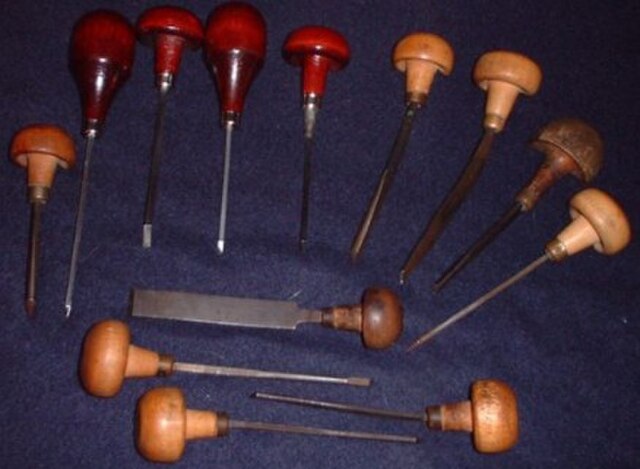Steel engraving is a technique for printing illustrations based on steel instead of copper. It has been rarely used in artistic printmaking, although it was much used for reproductions in the 19th century. Steel engraving was introduced in 1792 by Jacob Perkins (1766–1849), an American inventor, for banknote printing. When Perkins moved to London in 1818, the technique was adapted in 1820 by Charles Warren and especially by Charles Heath (1785–1848) for Thomas Campbell's Pleasures of Hope, which contained the first published plates engraved on steel. The new technique only partially replaced the other commercial techniques of that time such as wood engraving, copper engraving and later lithography.
Detail of the image below; click to enlarge further
Landing of Columbus, engraved by the BEP based on Vanderlyn's 1847 painting. This vignette was used as the back of the Series 1875 $5 National Bank Note.
Baptism of Pocahontas, engraved by Charles Burt for the BEP based on Chapman's 1840 painting. This vignette was used as the back of the Series 1875 $20 National Bank Note.
Trinity College, Cambridge; View from St John's College Old Bridge, c. 1840. steel engraving was much used for decorative topographical prints such as this, by John Le Keux.
Engraving is the practice of incising a design onto a hard, usually flat surface by cutting grooves into it with a burin. The result may be a decorated object in itself, as when silver, gold, steel, or glass are engraved, or may provide an intaglio printing plate, of copper or another metal, for printing images on paper as prints or illustrations; these images are also called "engravings". Engraving is one of the oldest and most important techniques in printmaking. Wood engraving is a form of relief printing and is not covered in this article, same with rock engravings like petroglyphs.
St. Jerome in His Study (1514), engraving by Northern Renaissance master Albrecht Dürer
Artist and engraver Chaim Goldberg at work
An assortment of hand engraving tools
Stone engraving








